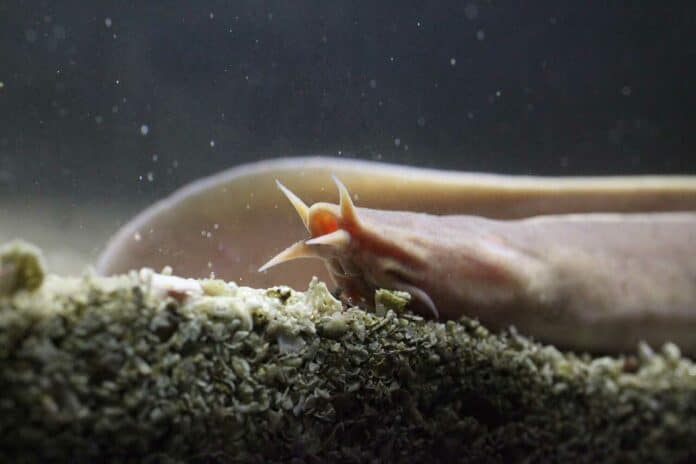An international scientific team of over 40 researchers from seven countries has successfully sequenced the first genome of the myxini, commonly known as hagfish. Hagfish represent the only major group of vertebrates for which no reference genome of any species has been available.
This groundbreaking study has provided insights into the evolutionary history of genome duplications that took place in the ancestors of vertebrates, a group that encompasses humans. By deciphering the hagfish genome, researchers gain valuable information about the genetic makeup of these unique creatures and shed light on the genetic events that shaped the evolution of vertebrates, including humans.
Indeed, the sequencing of the hagfish genome holds significant implications for both evolutionary and molecular studies. It contributes to our understanding of the genomic changes associated with the emergence of vertebrates and the development of distinctive structures like the complex brain, jaw, and limbs.
The study comprises over 30 institutions from various countries. Among the participating institutions were those from Spain, the United Kingdom, Japan, China, Italy, Norway, and the United States. Notable contributors included the University of Tokyo, the Japan research institute RIKEN, the Chinese Academy of Science, and the Centre for Genomic Regulation in Barcelona.
The myxini are a group of animals that inhabit deep ocean areas. They are composed of many microchromosomes, which in turn are composed of repetitive sequences. This is in addition to the difficulty of accessing biological material.
The scientist of the Department of Animal Biology of the UMA, Pascual Anaya said, “Besides, these microchromosomes are lost during the development of the animal, so that only the genital organs maintain a whole genome.”
In this study, the genome that was sequenced belonged to Eptatretus burgeri, a species of hagfish found in the Pacific along the coasts of East Asia. To accomplish this, the researchers employed advanced techniques such as chromosomal proximity (Hi-C), generating data up to 400 times the size of the genome. Through these sophisticated methods and technologies, they were able to assemble the genome at the chromosome level.
UMA scientist said, “This is important because it allowed us to compare, for example, the order of genes between this and the rest of vertebrates, including sharks and humans, and thus solve one of the most important open debates in genomic evolution: the number of genome duplications, and when these occurred during the origin of the different vertebrate lineages.”
“Thanks to this we now know that the common ancestor of all vertebrates derived from a species which genome was completely duplicated once.”
Later, according to Pascual Anaya, the lineages that gave rise to modern mandibular and non-mandibular vertebrates separated, and each of these re-multiplied its genome independently: while the former, which includes humans, duplicated it, the latter tripled it.
The comprehensive research on the hagfish genome included an analysis of genome functionality, utilizing exceptionally rare samples of myxini embryos. This aspect of the study was conducted in Professor Shigeru Kuratani’s laboratory at RIKEN. Additionally, a collaborative study with Professor Phil Donoghue from the University of Bristol and a member of the Royal Society explored the potential impact of genome duplications on vertebrates.
Journal Reference:
- Hagfish genome elucidates vertebrate whole-genome duplication events and their evolutionary consequences’, Nature Ecology & Evolution (2024). DOI: 10.1038/s41559-023-02299-z
